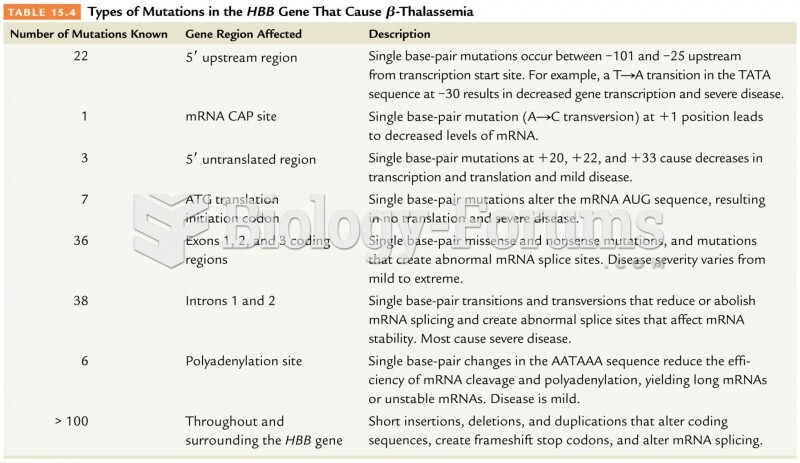|
|
|
Did you know?
The human body produces and destroys 15 million blood cells every second.
Did you know?
The U.S. Pharmacopeia Medication Errors Reporting Program states that approximately 50% of all medication errors involve insulin.
Did you know?
In 1864, the first barbiturate (barbituric acid) was synthesized.
Did you know?
The oldest recorded age was 122. Madame Jeanne Calment was born in France in 1875 and died in 1997. She was a vegetarian and loved olive oil, port wine, and chocolate.
Did you know?
Green tea is able to stop the scent of garlic or onion from causing bad breath.







